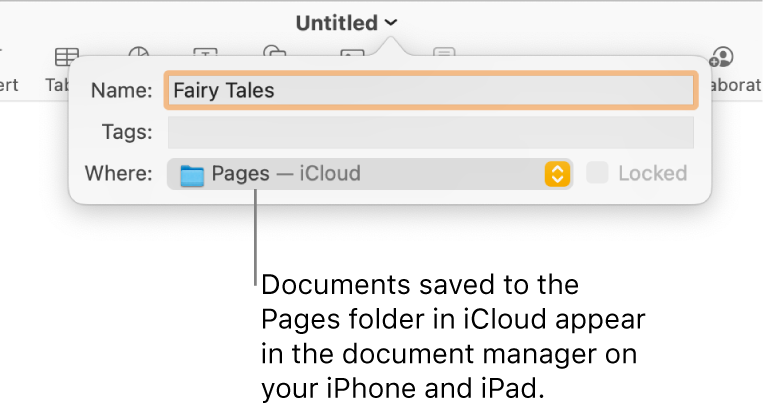
Below are the mouse-only terms and their keyboard alternatives: However, for clarity there are several instances where mouse-only language is used. We have tried to formulate these techniques so that they are useful to all authors, regardless of whether they use a mouse. Most of these have not been checked for accessibility, but some information and/or instructions are available for the following formats in Technique 12: In addition, Pages offers many other word processor and web format saving options. The default file format for Pages is the native iWork format. If you are creating forms, web pages, applications, or other dynamic and/or interactive content, these techniques will still be useful to you, but you should also consult the W3C-WAI Web Content Accessibility Guidelines (WCAG 2.0) because these are specifically designed to provide guidance for highly dynamic and/or interactive content. Typical of office-style workflows (Reports, letters, memos, budgets, presentations, etc.).Self-contained (i.e., without hyperlinks to other documents, unlike web content), and.and do not include audio, video, or embedded interactivity) , Fully printable (i.e., where dynamic features are limited to automatic page numbering, table of contents, etc.Text-based (i.e., not simply images, although they may contain images),.


Intended to be used by people (i.e., not computer code),.You should use these techniques when you are using Pages to create documents that are: In addition, Pages does not include an accessibility checking feature. Apple has added significant accessibility improvements to its iWork applications, but an accessibility checker is not a feature yet. Editor’s note: In later versions of Pages, users have the ability to add alt text to images and graphical objects.


 0 kommentar(er)
0 kommentar(er)
